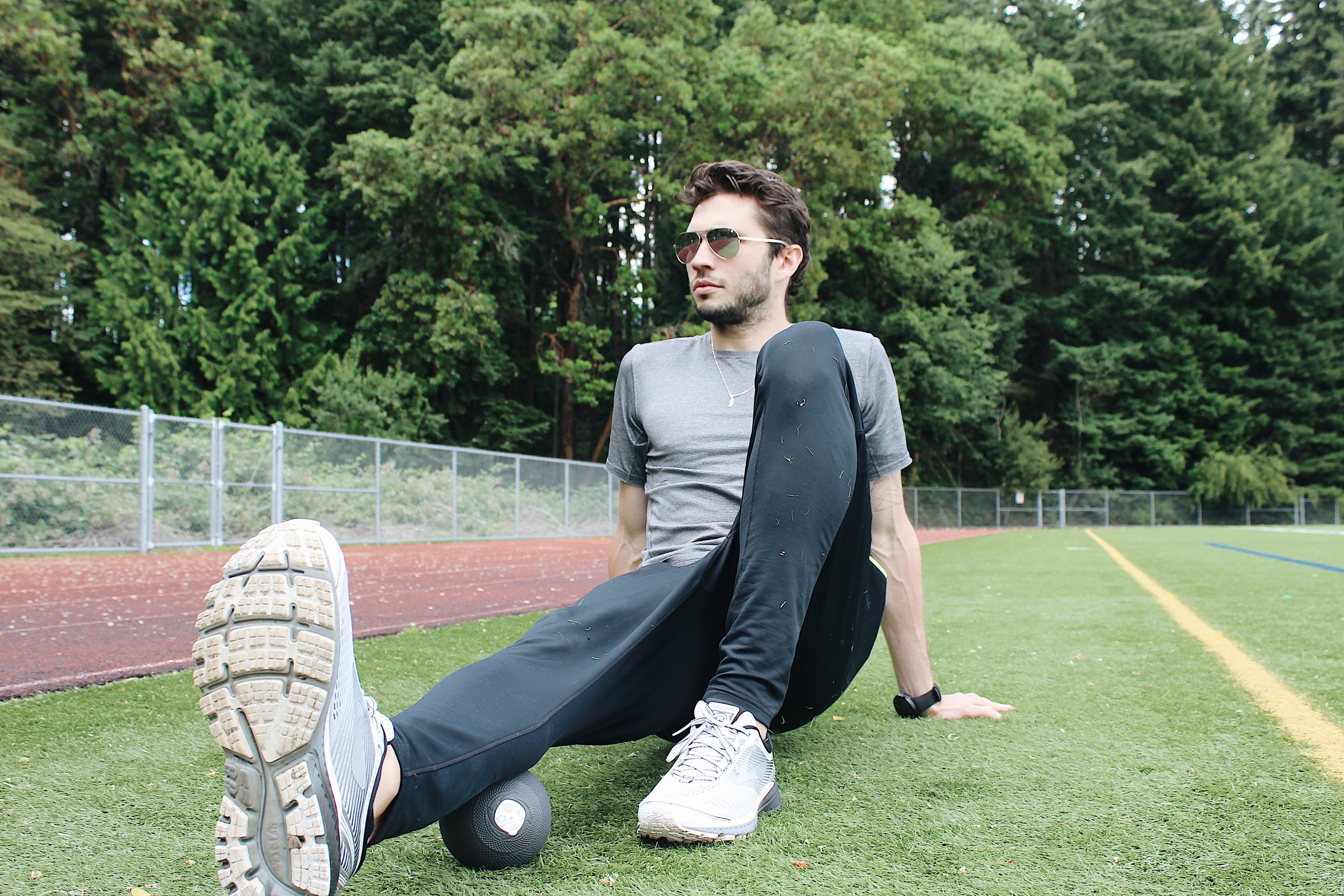Plantar Fasciitis: What Is It and What Can You Do?

You probably know someone who has, or had, Plantar Fasciitis. You might even have the nasty pains yourself. Even if none of these apply to you, odds are pretty good that you've heard the words somewhere. Plantar Fasciitis, also called Plantar Aponeurosis, can be painful, and even in some cases debilitating. But, what is it exactly?
Your body is a complex network of organic tissue including muscles, tendons, bones, and something called fascia. There are many different types of fascia, but all fascia is a type of connective tissue. Fascia provides support, strength, and aids in movement and protection of other tissue in the body. Because it is such a complex and versatile tissue, we shouldn’t be surprised that it becomes irritated at times. This irritation is what we call Fasciitis (-itis, meaning inflammation). Plantar Fasciitis is characterized by inflammation of the fascia on the bottom of the foot. Some studies have even shown tissue disorganization from Plantar Fascia very similar to that found from degenerative tendinosis.
Plantar Fascia functions similar to a tendon. It attaches at the bone of the heel and spreads across the bottom of the foot up toward the toes. It helps to maintain the arch of the foot and acts as a sort of spring. You can think of it almost like a rubber band across the bottom of your foot; as you put weight down it stretches and as you lift your foot up it pulls back together. Like a rubber band, the Plantar Fasciia can develop small tears as it stretches too much. Various factors can cause excessive force on the Plantar Fascia such as:
- Obesity
- Flat or overarched feet
- Weak foot or ankle muscles
- Poor footwear
- Faulty biomechanics or misalignment
- Tight calf muscles
Pain from Plantar Fasciitis is often felt on the bottom of the heel, but can manifest anywhere on the bottom of the foot. Many people afflicted with Plantar Fasciitis describe the pain like stepping on a tack. The pain is usually felt first thing in the morning or after being seated for an extended period of time and gradually goes away with activity.
The first line of defense against pain is always prevention. Maintaining good posture, wearing proper footwear, exercising and stretching are great ways to promote elasticity and strength in your foot and the surrounding structures. If you are unfortunate enough to have pain in your Plantar Fasciia all hope is not lost! Like any injury, Plantar Fasciitis is treatable and very manageable.

In addition to being great preventers of Plantar Fascia, orthopedic and orthotic inserts can relieve pain and pressure on the bottom of the foot. Chiropractors and Physical Therapists can help recommend proper footwear and inserts in addition to helping you with exercises and stretches to improve your posture and biomechanics.
Because Plantar Fasciitis is often a result of tight muscles, stretching and massage can relax and lengthen muscles in addition to feeling great! If you can relax the muscles of the foot and calf, you can release tension that leads to irritation of the Plantar Fascia. You can massage your muscles with a variety of object such as rolling pins, frozen water bottles (if you like ice), lacrosse, tennis, and golf balls. If you really want to target your problem areas with the best of massage coupled with heat and vibration, then our very own Meteor is your best bet. The Meteor is the only product on the market that combines all of these therapeutic modalities into one easy to use device.
The sting of Plantar Fasciitis gets in the way of enjoying life. You don’t need to suffer through the aches and pains because pain relief is possible. Take care of your body and give your feet the care they deserve.
Check out the links below for more information on Plantar Fascia and relief from pain.
-Bailey Carlson
Definition of Science-y words:
Biomechanics- The way your body moves
Sources:
https://www.youtube.com/watch?v=Q_Opl3t8b4g
https://www.uofmhealth.org/health-library/hw114458
https://pdfs.semanticscholar.org/0ffc/ffda656702b485ebb7ae5f045c6a4e665f81.pdf













































